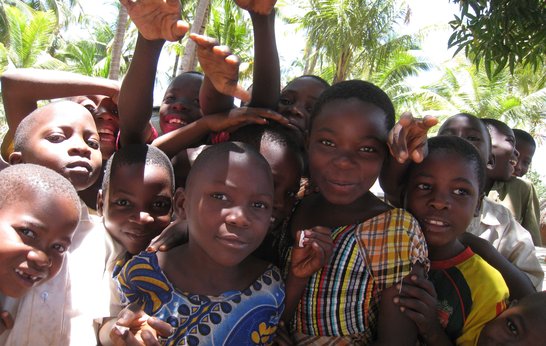What is noma?
Noma, or cancrum oris or gangrenous stomatitis, is a severe but preventable gangrenous disease of the mouth and face, which primarily affects malnourished young children between the ages of two and six years in regions of extreme poverty. It starts as an inflammation of the gums which, if not treated early, spreads quickly to destroy facial tissues and bones. This can lead to death, with survivors suffering severe disfigurement.
Accurate estimation of the number of noma cases is challenging due to the rapid progression of the disease and the associated stigma, which contributes to leaving many cases going undiagnosed. Cases of noma are mostly found in sub-Saharan Africa, although cases have also been reported in the Americas and Asia.
Noma is often managed by oral health programmes in endemic areas and collaboration with NTD programmes at operational level can be strengthened, notably by integrating noma within the activities aimed at detecting and managing skin-related neglected tropical diseases (skin NTDs).
In December 2023, noma was officially recognised as a neglected tropical disease by the World Health Organization.
Key stats
-
140,000
estimated incident cases per year
1998 WHO data
-
90%
estimated case-fatality rate, although evidence shows that this can be greatly reduced by early treatment
1998 WHO data
